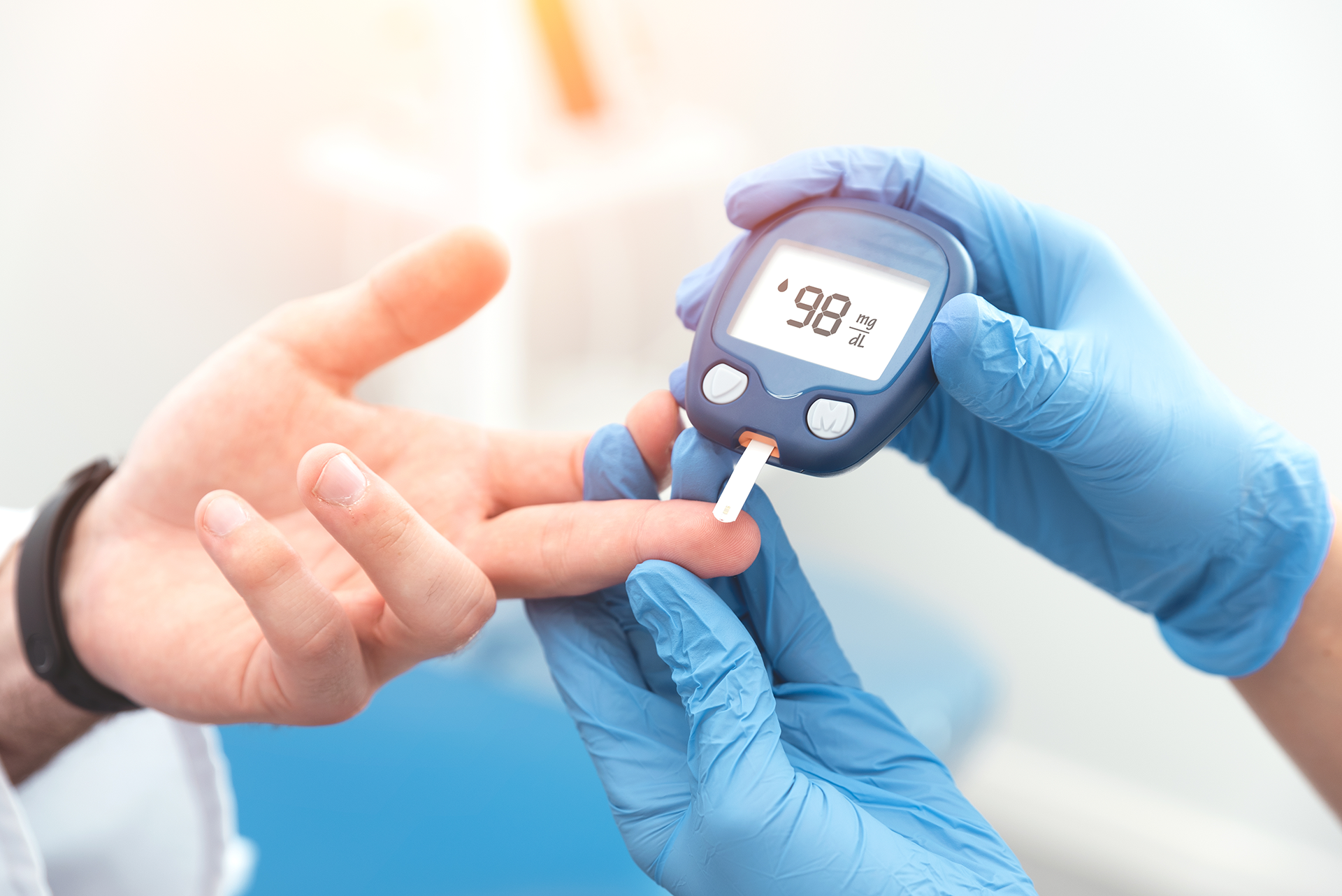Hypoglycemic Flirting
Date:: October 30, 2023
Categories: Diabetes

During a recent overseas trip, my medic partner, who is now my wife, and I were on duty responding to a diabetic emergency call in an upscale international neighborhood. Upon our arrival at the scene, we encountered a gentleman in his forties, covered in blood, and surrounded by three agitated teenage girls.
The patient appeared conscious but disoriented, and I found it challenging to approach him, considering my stature at 6’4” and 240 pounds. Fortunately, my petite girlfriend, standing at 5’2”, was able to establish a rapport with the patient, ultimately persuading him to ingest some oral glucose.
Gradually, the patient’s orientation improved, revealing that the source of the blood was a broken glass, a result of the girls’ attempt to get him to consume a soft drink. We proceeded to transport him to the ambulance, with my girlfriend continuing her assessment and obtaining the patient’s medical history, while I prepared to initiate intravenous therapy.
As the patient regained full awareness, he began making advances towards my girlfriend, even going so far as to ask her out. Her response was a courteous but firm, “I appreciate the offer, but I must decline. You should also be aware that my boyfriend is right here, preparing to administer a substantial needle.”
Notes from the Medic:
In an emergency situation when an individual’s blood sugar level is unknown, it is generally safer to provide sugar (usually in the form of oral glucose or a rapidly absorbed carbohydrate) rather than insulin. This is based on the principle of “treat first, measure later” when dealing with potential hypoglycemia (low blood sugar) emergencies.
Administering insulin without knowing the precise blood sugar level can be dangerous, especially if the person’s low blood sugar is caused by factors other than diabetes. Insulin would further lower the blood sugar, potentially exacerbating the situation.
Providing sugar, on the other hand, can help raise blood sugar levels if they are low. It’s a relatively safe approach, as it will not harm the person if their blood sugar is normal or high. Once the individual’s condition stabilizes, and if possible, you can measure their blood sugar level to determine the underlying cause of the low blood sugar and adjust the treatment accordingly.












